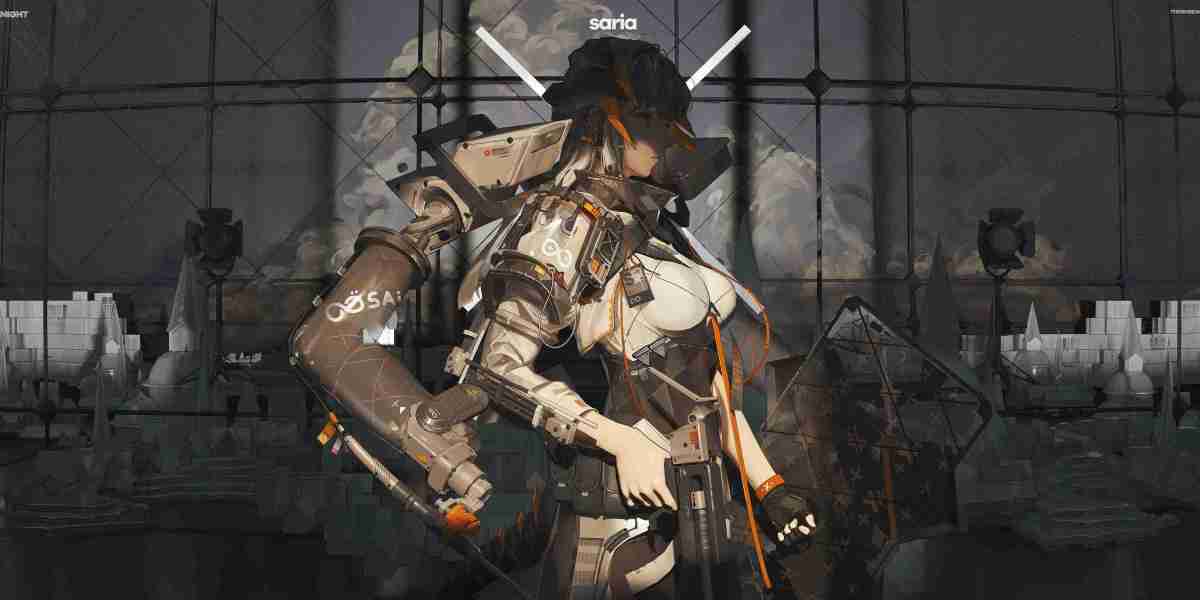The concept of feminine style has undergone significant transformations throughout history. From the flapper dresses of the 1920s to the power suits of the 1980s, each decade has contributed unique elements to the ever-evolving narrative of women's fashion. Understanding these shifts not only provides insight into societal changes but also highlights the enduring nature of feminine expression.

1920s: The Birth of Modern Feminine Style
The 1920s marked a pivotal moment in the history of feminine style. Women began to embrace a more liberated aesthetic, characterized by shorter hemlines and looser silhouettes. The iconic flapper dress, often adorned with fringe and beads, symbolized a break from traditional norms. This era raised questions about femininity and freedom: How did fashion reflect the changing roles of women in society?
1950s: The Return to Femininity
In contrast, the 1950s saw a resurgence of classic femininity. The hourglass figure became the ideal, with cinched waists and full skirts dominating the fashion scene. Designers like Christian Dior introduced the "New Look," which celebrated curves and elegance. This shift can be seen as a response to the post-war desire for stability and traditional values. The feminine style of this era emphasized grace and sophistication, appealing to a sense of nostalgia.
1980s: Power and Individuality
The 1980s brought about a radical transformation in feminine style. Women entered the workforce in greater numbers, leading to the adoption of power dressing. Bold shoulder pads, tailored suits, and vibrant colors became symbols of female empowerment. This era raised an important question: Can fashion be both feminine and powerful? The answer was a resounding yes, as women embraced styles that reflected their ambitions and individuality.
Modern Feminine Style: A Blend of Tradition and Innovation
Today, feminine style is a rich tapestry that combines elements from various decades. Contemporary fashion celebrates diversity, allowing women to express themselves in myriad ways. From casual chic to high fashion, the options are endless. The rise of social media has also played a crucial role in shaping modern trends, enabling women to share their unique styles with a global audience.
- Emphasis on sustainability and ethical fashion.
- Incorporation of vintage pieces into modern wardrobes.
- Exploration of gender-fluid styles.
- Use of bold colors and patterns to express individuality.
As we reflect on the evolution of feminine style, it is clear that fashion is not merely about clothing; it is a powerful form of self-expression. Whether you prefer the elegance of a classic dress or the boldness of contemporary designs, your style is a reflection of your identity.
For those looking to enhance their feminine style, consider exploring unique options like  . These press-on nails can add a touch of glamour to any outfit, showcasing the versatility of modern femininity.
. These press-on nails can add a touch of glamour to any outfit, showcasing the versatility of modern femininity.
In conclusion, the journey of feminine style is a testament to the resilience and creativity of women throughout history. As trends continue to evolve, one thing remains certain: fashion will always be a reflection of the times and the spirit of those who wear it.








